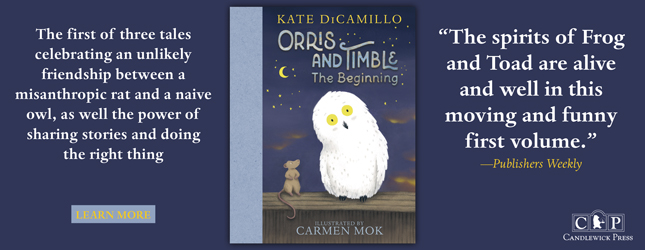Marie Curie has long been a well-known name around the world. Though Marie made extraordinary scientific advances discovering new elements with her husband, Pierre, many students do not know about the powerful bond that propelled her into science: her sisterhood with Bronia! A force in academia and health care herself, Bronia made significant contributions to the scientific world, along with her loving support of sister Marie.
Sisters in Science is a compelling biography of two sisters who created their own paths while keeping the atomic bonds of sisterhood strong.







































